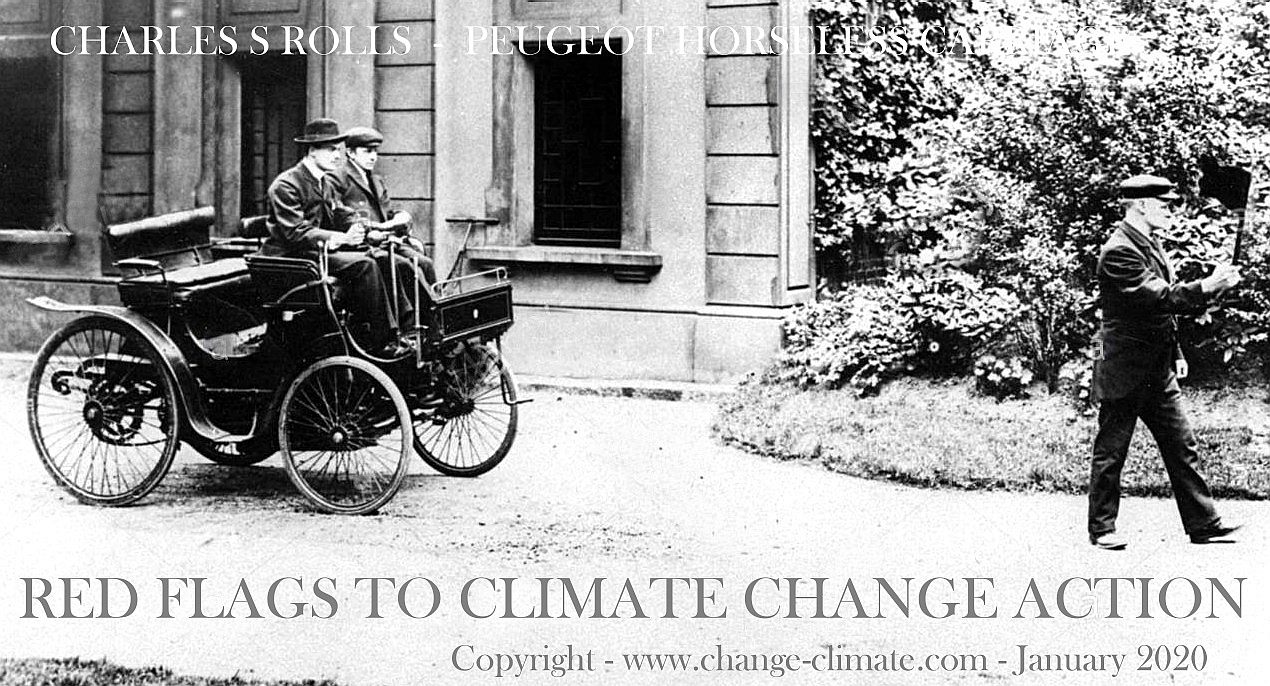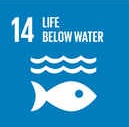|
DUTCH
BOY
- OBVIOUS SOLUTIONS
PLEASE USE OUR A-Z
TO NAVIGATE THIS SITE

POLITICAL
BLOCKERS - In Britain in 1865, the legislative response to the increasing introduction of self-propelled vehicles on our roads was the Locomotive Act (sometimes known as the Red Flag Act). Amongst a number of provisions, it stipulated that self-propelled vehicles needed to be proceeded with a man walking 60 yards ahead carrying a red flag to warn other road users of the vehicles approach.
The objective of powerful stakeholders was to hinder progress
to protect their investments in horses, carriages and trains.
Hans Brinker, or The Silver Skates (full title: Hans Brinker; or, the Silver Skates: A Story of Life in Holland) is a novel by American author Mary Mapes Dodge, first published in 1865. The novel takes place in the Netherlands and is a colorful fictional portrait of early 19th-century Dutch life, as well as a tale of youthful honor.
The book's title refers to the beautiful silver skates to be awarded to the winner of the ice-skating race Hans Brinker hopes to enter. The novel introduced the sport of Dutch speed skating to Americans, and in U.S. media Hans Brinker is still considered the prototypical speed skater.
The book is also notable for popularizing the story of the little Dutch boy who plugs a dike with his finger.
THE LEGEND OF THE BOY AND THE DIKE
A short story within the novel has become well known in its own right in popular culture. The story, read aloud in a schoolroom in England, is about a Dutch boy who saves his country by putting his finger in a leaking dike. The boy stays there all night, in spite of the cold, until the villagers find him and repair the dike.
In the book, the boy and the story are called simply "The Hero of Haarlem". Although the hero of the dike-plugging tale is nameless in the book, Hans Brinker's name has sometimes erroneously been associated with the character.
This small tale within Hans Brinker or The Silver Skates has generated numerous versions and adaptations in media. American poet Phoebe Cary—at whose New York City literary gatherings Dodge was a regular guest — wrote a lengthy poem about it called "The Leak in the Dike", published posthumously in 1873, which has been widely anthologized in books of poetry for schoolchildren. Cary also gave the boy a name: Peter.
The tale has also inspired full-fledged children's books of its own, which include:
- The Hole in the Dike, by Norma Green (1974)
- The Boy Who Held Back the Sea, by Lenny Hort (1987)
STATUES OF DUTCH BOY
For tourism purposes, statues of the fictional dike-plugging boy have been erected in Dutch locations such as Spaarndam, Madurodam and Harlingen. The statues are sometimes mistakenly titled "Hans Brinker"; others are known as "Peter of Haarlem". The story of the dike-plugging boy is, however, not widely known in the Netherlands—it is a piece of American, rather than Dutch, folklore.

ORIGIN OF THE STORY
Versions of the story prior to Hans Brinker appear in several English-language publications from 1850 onward, including the following British and American publications:
In the United Kingdom:
- An 1850 edition of Sharpe's London Journal of Entertainment and Instruction: "The Little Hero of
Haarlem"
- The February 23, 1850, edition of Eliza Cook's Journal: "The Brave Little Hollander"
- The 1855 edition of Beeton's Boys' Own magazine: "The Little Dutch Hero"
- The 'Sixth' Standard Reader, compiled by J. S. Laurie (1863): "The Little Dutch Hero"
In the U.S.:
- Harper's Magazine, August 1850: "The Little Hero of Haarlem"
- The 1852 edition of The Ladies' Repository: "The Little Hero of
Haarlem"
- In 1854, Literary Gem: Van Court's New Monthly Magazine: "The Little Hero of
Haarlem"
- Julia Matilda Olin's 1856 book, A Winter at Wood Lawn
- In 1857, McGuffey's New High School Reader for Advanced Classes: "The Little Hero of
Haarlem"
- In 1858, The Rhode Island Schoolmaster: "The Boy at the Dike"
- In 1858/1859, Sargent's School Monthly: "The Boy at the Dike"
The actual authorship and genesis of the story of the boy and the dike is probably the story "Le Petit Éclusier" by prolific French children's author Eugenie Foa (1796–1852), first published in 1848. This appeared in an English translation by Sarah West Lander, titled "The Little
Dykeman" and attributed to Foa, in the monthly magazine Merry's Museum for Boys and Girls in March 1868.
Although Dodge was not the originator of the story of the boy and the dike, the immense popularity of her novel Hans
Brinker, or The Silver Skates made the story very widely known. The story within a story of the nameless little boy's heroism also parallels and emphasizes Hans Brinker's own heroism in the novel.


TECHNOLOGY
CURVE
You
may realize from this brief history that politicians and
policies follow technology. Politicians and policy makers do
not create the technology. The rule makers simply make it
harder for the advancement of the human race, as they build
their part to justify their existence.
Progress
depends on inventors and engineers, biologists and
researchers. One way to limit the braking effect of all the
Red Tape generated by the rule makers, is to force them to Tell
The Truth. We need Green
Flag politicians who stand for the honesty and decency
that is missing from politics today.

INSTITUTIONALIZATION
- Study of the
British Board
of Longitude reveals more than just the story of an
institution. It shows how economic interests influenced the
political and scientific activities of a state.
The Board
of Longitude can be equated with the process of
ever-increasing institutionalization, the aim of which was to
steer knowledge production. In this way, the production of
knowledge was closely linked to the state.
The
reasons for this were changes within the "scientific
landscape" of the United Kingdom and the concomitant
struggle for supremacy in influencing the distribution of
state support for the science of astronomy and other related
scientific projects, the proof of which is that all the
surviving papers come from the archives of the Royal
Astronomers and their successors, as if John Harrison's
solution was perceived as a threat to their dominance of
science. John Harrison was thought of as a maverick, who was
grudgingly provided financial support, instead of being
generously funded to accelerate development.
We
should always then look at the appointment of committees and
the interests of their members, that should perhaps be
recorded in a book declaring such interests such as to avoid
potential conflicts. But there is no point in having such a
book if there is no effective policing of the corruption that
is inevitable where many can be made from technology for those
in positions of trust.
Poor
old John
Harrison was caught up in this mire of subterfuge. But do
not think for one minute, that it is any different today.
305
YEARS AGO - THE BOARD OF LONGITUDE 1714
This
is a wonderful story about an ordinary clockmaker from the
country who took on the scientific experts in the City of London,
the military and the political community and beat them to a
standstill.
The
bad news for our hero John
Harrison, is that it took him all of his
life to do so. The good news for millions of sailors is
that navigation
was improved saving lives, and that John's name will
forever be associated with state sanctioned discrimination
and political obstruction that became institutionalised.
We
would thus urge the United
Nations, European
Union and G20
members to put in place the necessary policing to prevent
contributing members of society from being sidelined. It is a
sad fact that many of the great creators of this world are not
conformists. People who don't conform are not understood and
so become targets of derision, rather than receive the support
that would make them more productive.
     
     
     
LINKS
& REFERENCE
https://www.
This website is
provided on a free basis as a public information service. copyright © Cleaner
Oceans Foundation Ltd (COFL) (Company
No: 4674774) 2022.
Solar
Studios, BN271RF, United Kingdom.
COFL is
a company without share capital.
|






















